A Plane I Can Handle
For more information on planes, see our beginner site Common Woodworking.
I’ve worked with many cast metal hand planes through the years, probably all of them. It’s my interest. Woodworking fascinates me but after the initial introduction, perhaps a few years, maybe five, you start to realise that there are many aspects to the craft that expand the whole to capacities you will never fathom. Bruce Hoadley was a scientist that spent his whole life studying wood alone. He wrote on it, researched on it, experimented in various elements of it. Additionally he liked to work the wood, carve it and make things from it. That led him onto the use of tools and so yet another sphere was opened to him. That is what happens when you step away from the industrialising processing of wood and cross over to the light side, into the creative realms that help you understand who you are, what wood is and why you are fascinated by the substance of it in as much an entirety as you possibly can.
In my world the wood often absorbs me and before I know it I am held by plumbing the depths of its inner fibres in search for the deep and hidden. Of course the wood is not transparent until light passes into and through it as in super-thinned slivers or shavings, so all that I see is a surface that is no different than an image. I am not plumbing its depth. Not really. Whatever distance my eye is from the woods surface is the depth of penetration and no more. If light does actually pass through wood it becomes distorted by the refraction of light passing into and through the fibres and of course by the limit of our eyes that focus and refocus to adjust to depths to probe more deeply.
When I say I am ‘plumbing‘ its depth in search for the deep and hidden, I am talking of the wood’s inner fibres, but technically at least I am looking at the wood in the same way I look at a topographical map, where the 2-D surface is showing me the high points and low points of land with its torrs and valleys. Yew is a wood that especially tells a story. Growth rings on the flat sawn and planed face show the position of bends in the wood as it grew and was blown by prevailing influences as well as the position of knots, fissures and the effects of minerals and parasites. I never tire of being marvelled by wood growth. I search it. I search even species that give so little away—birch, aspen and such, from temporal and boreal climates. For colour and grain configuration, these woods are at best bland to look at. They have hidden qualities though. My pictures of planed yew show its exuberant personality. So the searches, at least for me, are unending.
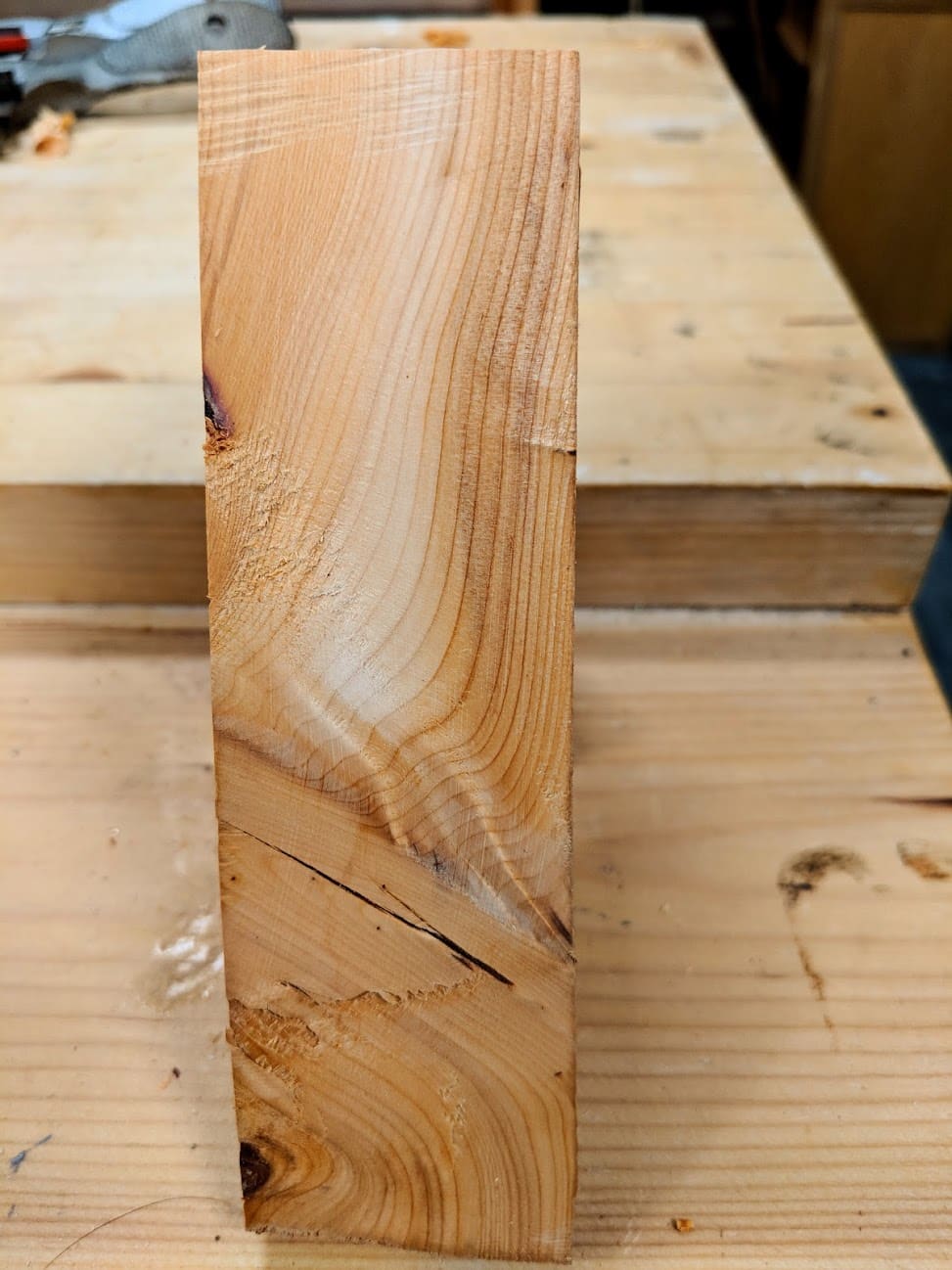
Beyond the wood I become mesmerised by the tools I work with. Sharpness has new meaning once you understand the level of sharpness you must achieve in preparation to execute the perfect cuts in wood you strive for. The demand for loveliness in work soon drives you to that ever-sharpened edge that divides the waste from the wanted and the crafting artisan from the wood butcher. Every plane type has it’s own idiosyncrasies and this translates to the same level to all of the other tool categories. It never stops and you never arrive. If you are like me, you never want to arrive because that means you never have anything left to discover. Because we never can fully understand wood, there is always something to discover, something to be revealed to us. This alone should amaze anyone as they travel along the journey into wood and its working.
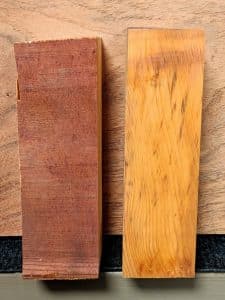
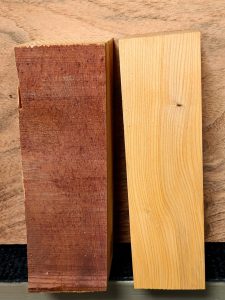
In making my plane handle for the main rear tote, which takes a lot of shaping, I found that the yew was very inviting. With its dense grain it shapes well with carving tools, rasps, spokeshaves, saws like coping saws and planes. It scrapes if some tool fails to and sands beautifully too, so for plane handles it is more than an ideal wood.
Watching the grain change stroke by stroke as the levels peel beneath the spokeshave and chisel is electric if not mesmerising. This peeling of levels changes constantly as I work the wood.
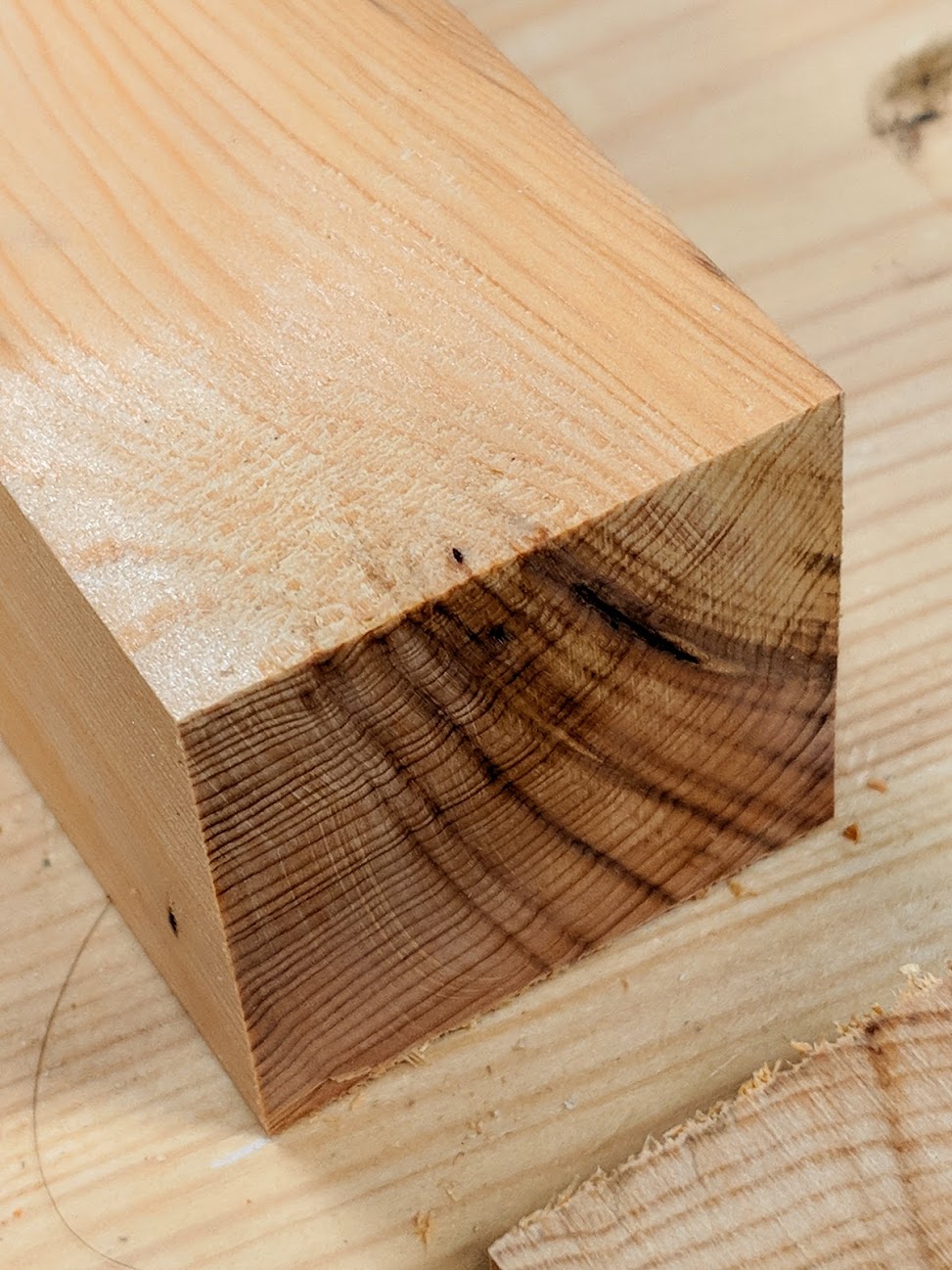
The transitioning of interest in woodworking gradually encompasses the inner desires to understand more. I think that that has driven many an author who extended him or herself to express that inner working to others. As communicators they desire to let people know what they have come to know. At the workbench this is rarely expressed and I believe that is because people tend to be more private about such emotions, not perhaps realising that someone near might enjoy their expression of what they see and feel. In making my plane handles I felt myself all the more in awe of how the wood worked and then experienced admirable qualities of strength, resilience, colour and grain configuration. Yew is common enough as a tree, but it’s less commonly yewsed (could help myself). It’s more common as a veneer for wide surfaces which tells you something about its dark side characteristic of being unstable in wide boards. Tabletops and rails, door stiles and such do distort and twist quite readily. For plane handles it is about as good as it gets. Getting hold of it may not be quite so easy.
Safety note:
Most of the woods we woodworkers use are not in general particularly toxic but you can be or develop an allergy to woods as an individual and indeed if woods are used extensively day in day out you can simply become allergic to it. But there are of course toxic woods and yew is one of them so work with caution, avoid blowing the wood dust during and after sanding and always wear respiratory protection when using machines or during sanding. Though I have turned it and worked with it using hand tools on and off through the years and never had any health issue resulting from working it, that does not mean others will not have an incident using it.
Remember though that the dust resulting from working the wood, and I include all woods here, are in fact irritants and breathing the dust into your lungs draws in particles that irritate the lining of the throat and lungs My common practice is indeed to wear at the very least a dust mask in any dusty environment and not just for wood dust alone. It’s plain good practice. I also use a filtering full head mask/shield where my head fits inside a canvass hood to enclose me to pretty well cut me off from the outside world; indeed, it brings in totally filtered air constantly and the air is filtered to near total purity when it reaches my face and my intaking air. I have always used protection when using machines because machining causes its own vortex to swirl the dust and it can be difficult to contain or extract that dust. Even after the machine is switched off the dust that you cannot see, the dangerous dust, can linger in the atmosphere for an hour. Sawn dust from handsaws should not be an issue but please, again, exercise caution. The fact that the travel of the handsaw is so limited in speed and distance, and compared to a machine very slow, the particles are far larger than those created by machines that float in the atmosphere so great a concern. That said, some people may be allergic and have a reaction at any time to any wood and you may want to wear protection.
In our work environment, because there are sometimes several of us working in an area for filming and recording, we use a sophisticated measuring device that checks the air constantly for general air quality and dust levels. Mostly we never reach even a measurable level of dust so never come anywhere near danger levels. Though we may use random orbit and belt sanders, bandsaws etc our extraction systems surrounding machine work works very effectively. So between all of that I and the team are all well taken care of.


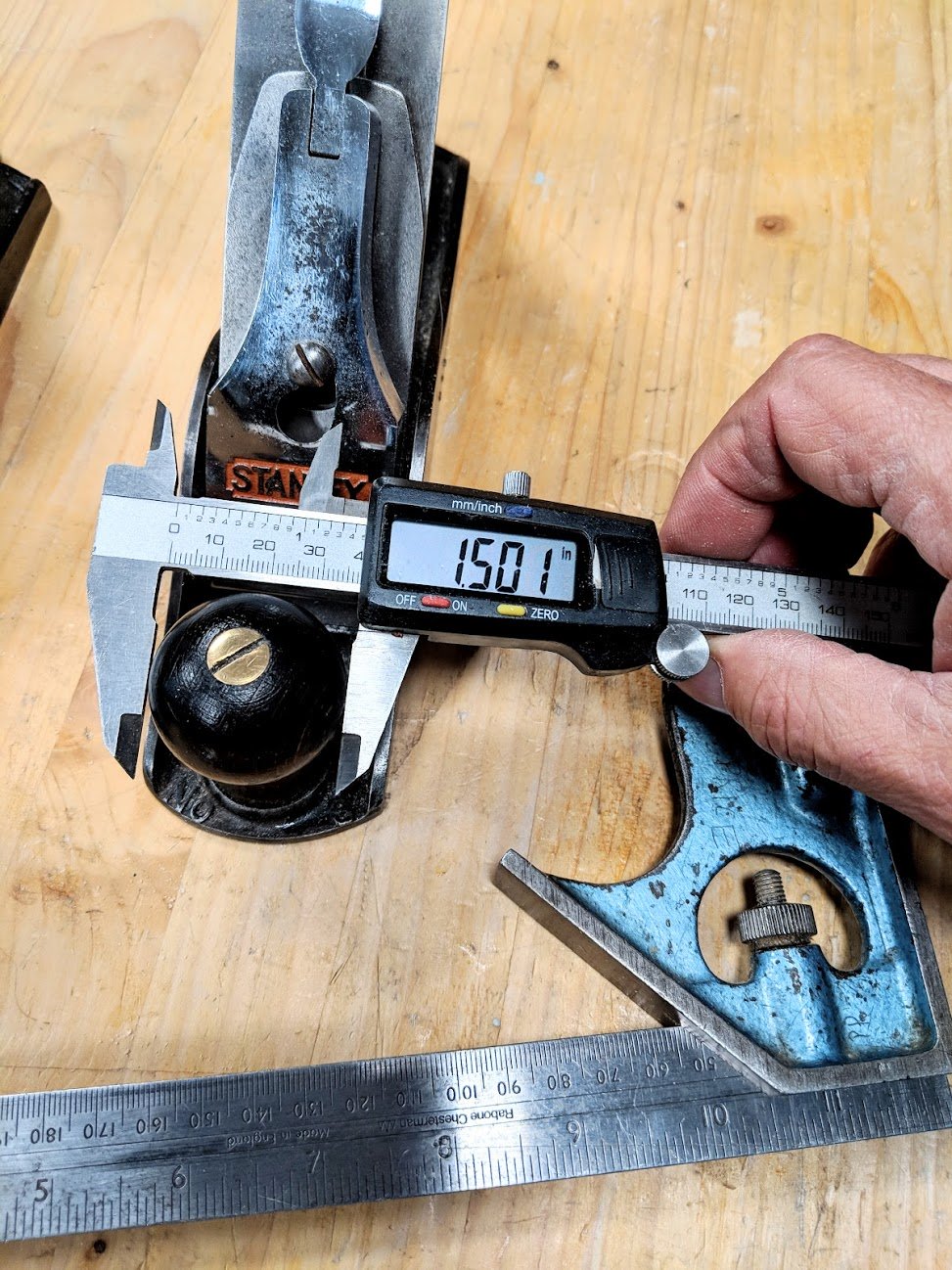
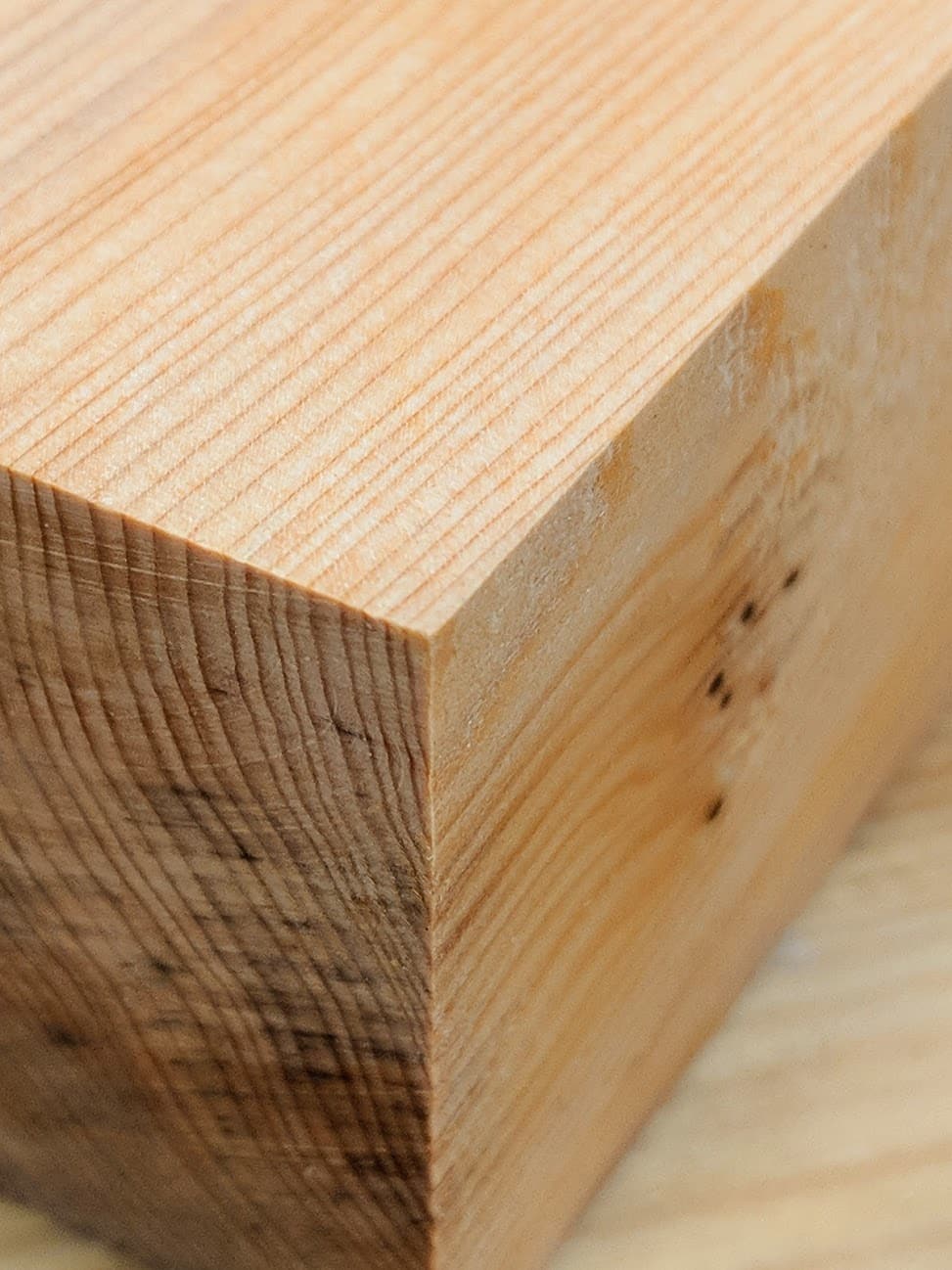
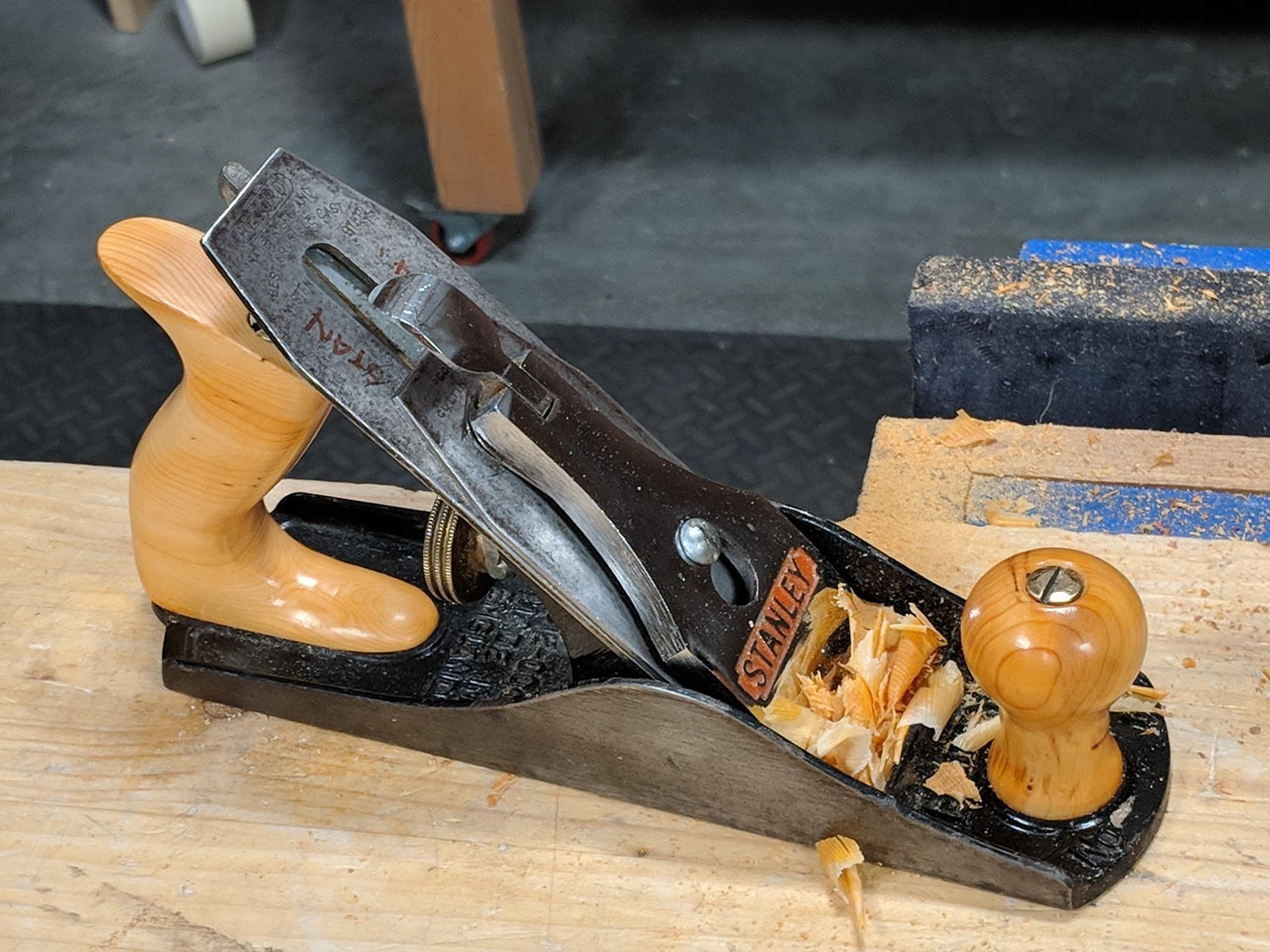
plane totes are always made with the grain running in the same plane as the sole. And when they split, it is always along the grain near the base of the handle (where all the force of the user is concentrated). What do you think about re-orienting the grain direction (as long as we’re at it) to minimize this common weak point? Maybe more diagonal in relation to the sole? I’m thinking sorta like a hammer handle — with the grain running perpendicular to the force of the tool. Just a thought.
I think personally you are better finding wood that is dry but has branch root in the main body of the wood which is what I did for these handles. I do this in my mallet heads too. That interlocking grain is usually much denser and less likely to ever split because of it’s omnidirectional grain structure.
The yew knob snd tote you have made looks lovely. Makes me want to replace all of mine with yew. (But I won’t.)
In all my years I have never had a knob, tote or handle split on any of the planes I have acquired, restored and repaired. Perhaps this is because of how I work or because if they have survived intact over the years and into my hands and not going to break ever.
I think 99.9% of broken rear totes are as a result of dropping or harsh banging against a hard opposite.
One of the things I remember about yes (pacific yew) has to do with cancer research in the early 1990s. There was a very important but complex molecule called taxol that was very good at fighting cancer. It was found that the pacific yew tree bark had high concentrations of a precursor molecule in it. By extracting this molecule they were able to make large portions of taxol for cancer studies. Taxol became an approved drug. The bark is no longer needed as other ways have been found. However, at the time the pacific yew tree was invaluable in this research.
Hello, Mr. Paul
Even though I work with hand tools, I start getting worried about dust from sawing, mainly rip sawing, and also by scrubbing dirt woods (and when sharpening too, “will this metal be inhaled?”. Very thin dust and metal particles indeed. And often times I give that blow-with-mouth… Really don’t know.
By your experience of many years, have you ever used mask or any protection material? How do you remove your dust? Thank you!!
Hand sawn dust is of no consequence at all in general. Most woods we use are not in general toxic but you can develop an allergy if used extensively day in day out. But there are of course toxic woods and yew is one of them so work with caution, avoid blowing the wood dust during and after sanding. Though I have turned it and worked with it using hand tools on and off through the years and never had any health issue resulting from working it, that does not mean others will not have an incident using it. My common practice is indeed to wear at the very least a dust mask in any dusty environment and not just wood dust. I also use a filtering full head mask/shield where my head fits inside a canvass hood to enclose me to pretty well cut me off from the outside world; indeed, it brings in totally filtered air constantly and the air is filtered to near total purity when it reaches my face and my intaking air. I have always used protection when using machines because machining causes its own vortex to swirl the dust and it can be difficult to contain that dust. Even after the machine is switched off the dust that you cannot see, the dangerous dust, can linger in the atmosphere for an hour. Sawn dust from handsaws on the other hand is too heavy to float and generally all the dust falls within inches of the saw pass. The fact that the travel of the saw is so limited in speed and reciprocity, very slow, the particles are far larger than those created by machines that float in the atmosphere so it is not at all an issue. That said, some may be allergic and have a reaction at any time to any wood and you may need to wear some protection. In our work environment, because there are sometimes several of us working in an area for filming and recording, we use a sophisticated measuring device that checks the air constantly for general air quality and dust levels. Mostly we never reach even a measurable level of dust so never come anywhere near danger levels. Even if we use random orbit and belt sanders, bandsaws etc our extraction systems surrounding machine work works very effectively. So between all of that I and the team are all well taken care of.
Thank you for your detailed reply, master. Best wishes!
Hi Paul,
I should like to warn readers that there are toxins in yew wood to the extent that the inhalation of yew wood dust can have serious consequences, including cardiac arrest. And the wood should never be used to make food utensils for the same reason. Even splinters that are not removed from the flesh can cause problems. So people should be particularly careful when working with this beautiful wood.
All the best – Richard
Great post, Paul. As always.
Thank you, best
Martha
Thanks Paul
Nice article
Curt loud
Oh, but birch at it’s best is lovely! Sometimes it’s almost as curly down by roots as curly maple and the masurbjörk (swedish for a subspecies of birch) is our most expensive domestic hardwood sold by the kilo. Do a picture search and I’m sure you’d find it lovely to look at. The burls can give all sorts of expressive grain and are often used for bowls, kuksa and tool handles. The Birch is our most available hardwood and traditionally all parts of the tree are used. We tie baskets from the roots, weave containers from the bark, tie brooms from the branches etc. Oh, and it’s great for spoonmaking and all sorts of green woodworking. And yes, the more ordinary stuff can do with a bit of paint. Thought I’d share my feelings.
All woods at their best are lovely, but that’s not what birch is in its everyday. Not much romance to it generally, no mistake. It does make excellent plywood but even there it is bland. I am not talking about special elements which all woods have of course. I think generally it is as I describe.
Hi Paul
A little tongue in cheek and I’m a big fan so don’t take to heart…..never put you down as a digital vernier type of guy.
He uses them fairly often from what I’ve observed. Normally when working to tight tolerances.
I have always used them but now I find them invaluable for getting my wood thicknessed to ever tighter tolerances. Also, there is nothing better for round items like this.
I just can’t leave this one alone. I’m also have the greatest respect for all on the site and those that comment and this response is supposed to have a little bit of a sarcastic tone. Here goes.
Vernier is being used as a label for a Caliper a measuring instrument. There are three types of common Calipers Vernier, Dial and Digital. Each of these have similar accuracy. If you are old like me you would have started with vernier and pined for dial calipers. Now with my old man eyes having digital calipers is the only way to go. In closing digital vernier is an oxymoron or at least I haven’t see that particular mash up yet.
I use black walnut in three pieces glued together , with thin center laminate going in direction of handle and outsides following the line of the plane with pva glue they never delaminate or break
I make them much thicker than the usual ones so that they are easily gripped with one hand
I also hatch the grip for even better handling and then simply stain and and oil
If you have ever used a Stanley tote from the 19th c (Type1 – 7 or so), that would be your new goal. They are a little more rounded from the front and back to the sides and just a treat to use.
I have been on a great woodworking forum for over 20 years now and the topic of cracked totes has come up a number of times. It seems the general consesus that many cracked totes come from a loose nut. One enterprising engineer even can=me up with something called a Belvidere Spring? (at least I think that was the name) that fits below the top nut and holds a steady pressure through a little movement. I have never broken a tote, but I am always sensitive to any movement at all in the tote, then I tighten.
Hello Paul, great article as usual. I’m trying to figure out how to make my Stanley Bailey No.4 more comfortable. I have very wide hands and can only get two fingers round the tote while my little finger runs along the side of the body and the ‘heel’of my hand is constantly being dragged over the workpiece which leaves me bruised after just an hour or two of work. Could you recommend a way to make a new tote that alleviates a bit of this problem? I’ve looked at it for hours but think the extra leverage from making one that comes back further and higher may make it unstable. Thanks.